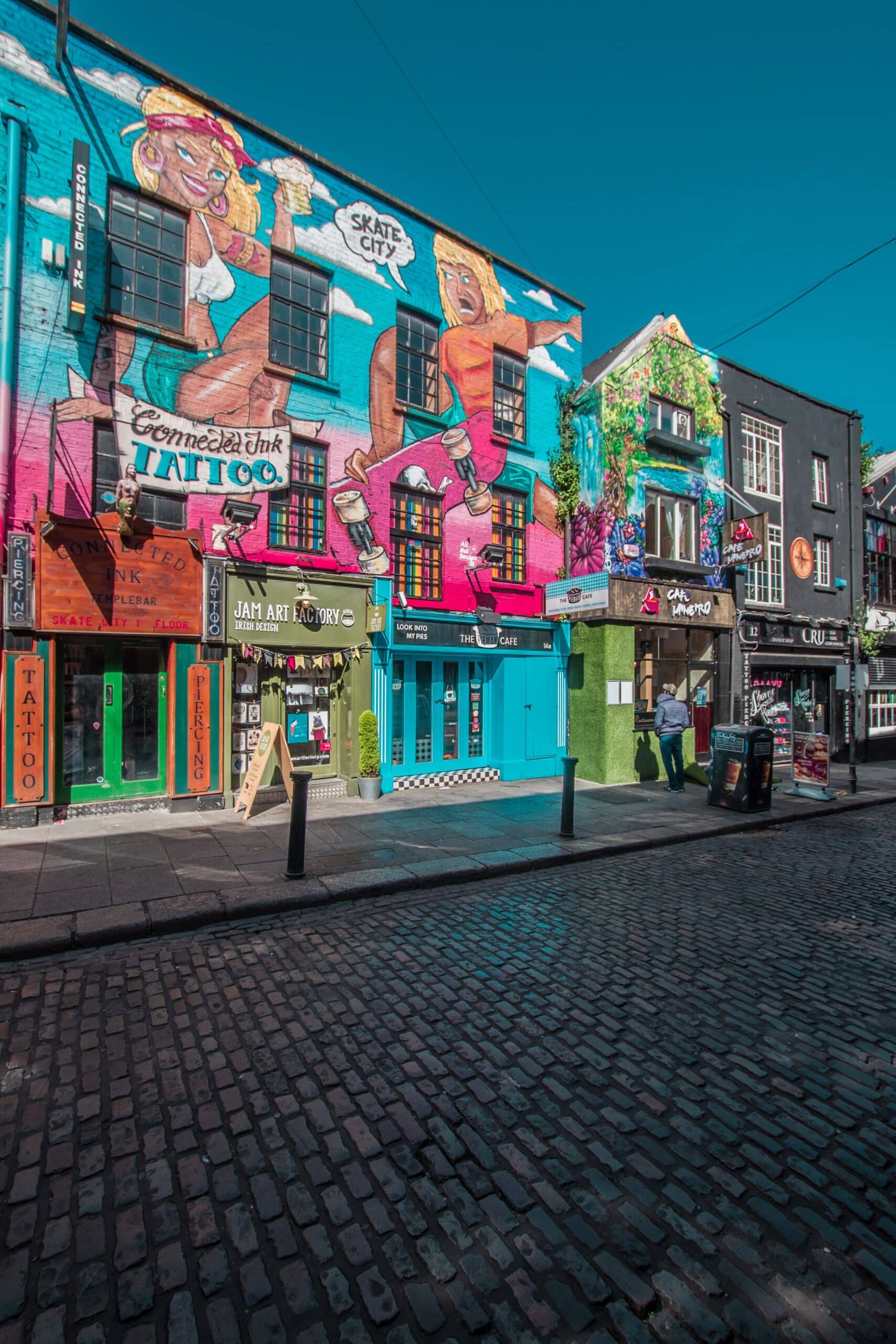So, think about the job of buying travel. Today’s travel planner has access to everything—and I mean everything—every travel experience, reviews, expert opinion, other ideas, and more.
Much of our behaviour is still driven by the times we used to shop in streets and malls. The choice was limited, and that was responsible for a lot of how we respond and react.
In fact, a recent Google study says:
The internet offers the buyer everything. There is an infinite amount of information, options, price points for every travel decision. You’ve heard about purchase paths and purchase funnels, and these are useful tools to help organise the chaos. However, the key question for the marketer is to understand how people make decisions about what to buy and who to buy it from.
Google defines an area of the purchase journey as the “messy middle.” The messy middle is that part between abundant information and unlimited choice. Who hasn’t lost themselves there—often to really small purchases? Three days of solid research, and your socks arrive. Obviously, you can’t do this for every purchase, so we’ve all adopted a few shortcuts and tricks—we don’t even realize we’re doing this.
The first thing to understand is that, from the consumer’s perspective, we don’t separate branding from direct response. So perhaps it’s time to remove those internal divisions.
Google also found that searches for “cheap” have been dropping while searches for “best” have been growing. This indicates that people are now moving from comparing prices to comparing everything.
So, what’s really happening? We start a shopping journey because we want a holiday, and we end the process with a single purchase or a number of purchases. What we’re doing is “exploring and evaluating.” That’s the messy middle.
As your customers move through this process, they constantly evaluate and eliminate options—they flip back and forth between these two states. The key thing tour marketers need to establish is how do you make sure that your business stays on the agenda and is the chosen business once shopping ends and buying begins?
You probably know this from your own behavior, but consumers expand their knowledge and consideration sets until they don’t anymore. They then sequentially or simultaneously evaluate the options and narrow the options. This is the critical moment for your business.
Obviously, these people make some of these decisions based on how easy you are to deal with. If you have a slow website that is difficult to use, you are likely to find yourself off the list, so the details matter.
But let’s move on to what you, the marketer, need to consider to ensure you are part of the decision.
Show up:
The first thing and one of the most important things is “The Power of Showing up.” You have to be in it to win it. You have to be visible when the consumer is deliberating. I’m amazed at how few tour businesses worry about remarketing. Showing up is about reminding the customer you exist. It’s also very powerful. The simple act of giving a customer shopping for a hotel a second option will have more than 30% of them going to that option.
Reviews matter:
Social proof is extremely important. Reviews matter, and it’s not necessarily the volume or the quality of the reviews that’s critical. Depending on the category, people have different shortcuts to making a decision, and shoppers look for proof of that. We went on a Grand Canyon trip of 9 days. We made the decision on our outfitter based on the fact most guests talked about their safety—they did not take risks and worked to ensure their customers survived in good shape. What social proof do you need on your site?
Authority matters:
With a lot of categories, travel in particular, it matters that an expert has provided an opinion. This is why industry awards matter—Best Food Tour, etc. The TV series Street Food brought instant credibility to a number of restaurants.
There are a number of other factors that also matter but to a lesser extent. These are the power of free and the power of scarcity. Free cancellations, book now, we are nearly full, etc., and devices that work because they play to some fundamentals about why we buy..
But how do you apply this to your digital marketing?
There are three key points:
- Make sure your product is front and center throughout the process. This means that Google Paid Search and SEO are critical. You should also use remarketing to ensure that your business is visible to people who have visited your site before.
- Think about the things you need to communicate on your website to take advantage of what people are looking for when they evaluate their options. What do you do that sets you apart from the competition? Make sure to communicate this clearly.
- Try to close the gap between decision and purchase. This is often about the web experience. If you have paid attention to all the details, the customer will have no need to look elsewhere. The more they look, the more they will be exposed to other options.
In short, good digital marketing is about the details. People are on the internet to save time or waste time. In the “messy middle,” your job is to save them time. That’s how you get the sale.




Leave A Comment